
What is NOM Certification Mexico?
In many countries, manufacturers, distributors, and importers of electronic or electrical equipment must prove their products meet the minimum safety requirements for end-users and their environments.
Each country/region's market requires these products to comply with local standards and prove compliance before they can be sold in that market.
In Mexico, over 2,000 classified products imported into the country must comply with Norma Oficial Mexicana (NOM) standards.
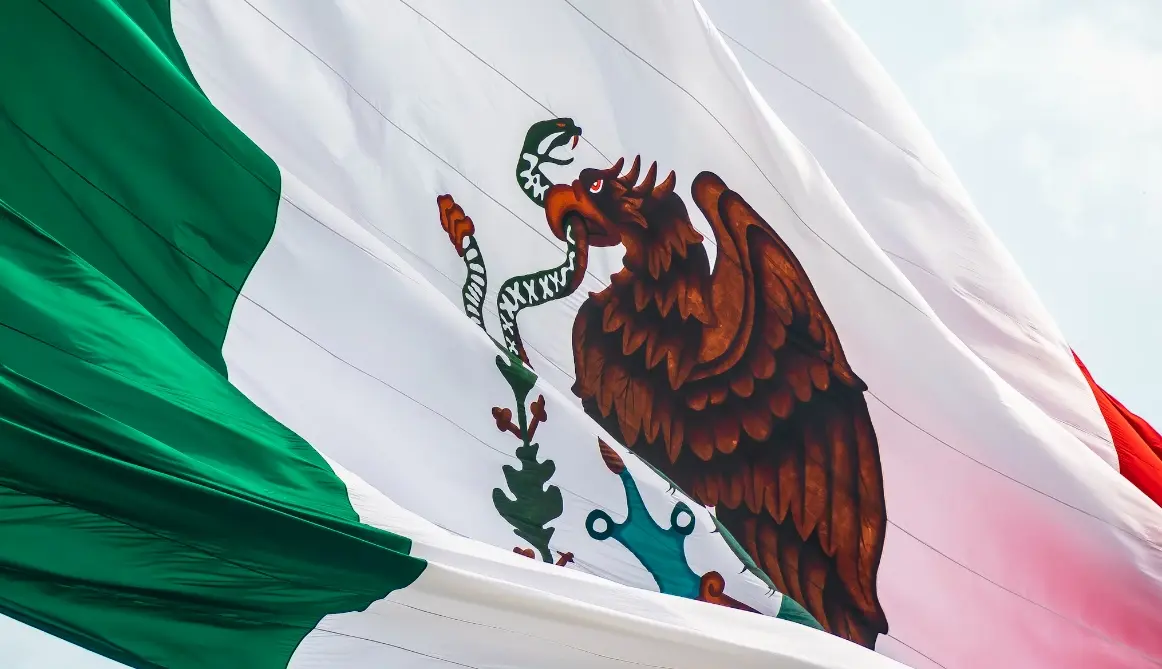
These products span multiple industries, with some, like electrical equipment and electronics, also requiring additional mandatory energy efficiency requirements.
With a market of over 100 million people, manufacturers and importers must strive to obtain nom certification to market their products.
What is NOM Certification?
NOM certification in Mexico, short for Normas Oficiales Mexicanas, is a mandatory safety mark indicating that a product meets relevant NOM standards.
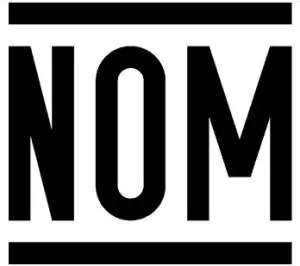
The NOM mark applies to most products, including telecommunications and information technology equipment, household appliances, lighting fixtures, and other products that pose potential health and safety risks.
Whether manufactured locally in Mexico or imported, products must comply with Mexican NOM standards and labeling regulations, regardless of previous certification by U.S., Canadian, or other international standards. Mexico only recognizes its own NOM safety mark, and other countries' safety marks are not accepted.
According to Mexican law, the NOM licensee must be a Mexican company responsible for the product's quality, maintenance, and reliability (NOM certification must be in the name of a Mexican company). Test reports are issued by SECOFI-recognized laboratories and reviewed by SECOFI, ANCE, or NYCE. If the product meets regulatory requirements, a certificate is issued to the manufacturer's or exporter's Mexican representative, allowing the product to bear the NOM mark. JJRLAB can provide services to help you save 40% on NOM certification costs.
NOM Certification Scope and Compliance
NOM outlines the minimum safety requirements that organizations and their products (including production methods) must meet. It must also comply with packaging and material requirements, such as commercial information and labeling, and relevant energy efficiency standards for electronic or electrical products.
NOM requirements for electrical and electronic products include:
- Safety requirements (certification)
- Energy efficiency or Sustainable Energy Use Law (LASE) declarations
- Electromagnetic compatibility (EMC)
- Commercial information requirements (packaging)
- Formal approvals
All applicable products entering the Mexican market must comply with these regulations and obtain the NOM mark, including export products previously allowed entry under other standards.
Steps for NOM Certification
The first step in the NOM certification process is for the manufacturer to complete an application. During this time, the recognized laboratory will send a notification outlining any non-compliance issues found. All non-compliance or defect issues must be resolved before starting the certification process.
It is crucial to work with an accredited Certification Body (CB) to fully understand the options for initial certification, follow-up inspections and testing, and future certification renewals.
NOM Certification Testing
Testing is a critical part of the NOM certification process. The testing process requirements must be followed without deviation or risk of certification denial.
NOM Certification Technical Documentation
These requirements vary by standard and may be specific to the third-party certification company completing the testing. However, they generally include the following:
- Operation or service manual translated into Spanish
- Technical specification sheet
- Product photos and electrical diagrams
- Information on rated frequency (Hz), power voltage (V), power consumption (W), or rated current (A)
- Power type specification (AC or DC)
- List of components as needed
- Mexican tariff number (8-digit code)
- Additional documents may be required depending on the situation.
Certification and Inspection
The correct forms must be used for NOM certification, granted only by certification bodies accredited by Mexican entities (such as EMA) and approved by the Mexican General Directorate of Standards (DGN).
Products must be re-tested during mandatory follow-up inspections to ensure compliance throughout the certification cycle. The number and frequency of audits depend on the standard but typically occur seven to nine months after initial certification. Follow-up visits are mandatory.
While NOM certification is non-transferable, the certification holder can forward the usage rights to distributors within Mexico, allowing them to obtain their own NOM certification without additional testing.
NOM Audit Time
Once all documents are submitted, the review period is 5-6 weeks. After completing the NOM application, the original certificate and report will be sent to the local Mexican agent, and the original applicant will receive a fax copy. The agent must retain the original certificate and report for future inspection reference.
Email:hello@jjrlab.com
Write your message here and send it to us
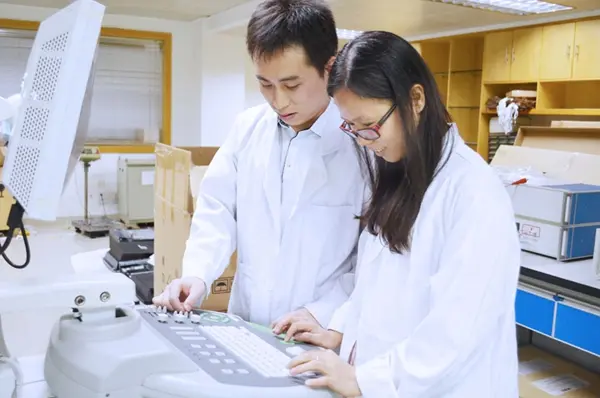 Cytotoxicity Analysis (CCK-8 Method)
Cytotoxicity Analysis (CCK-8 Method)
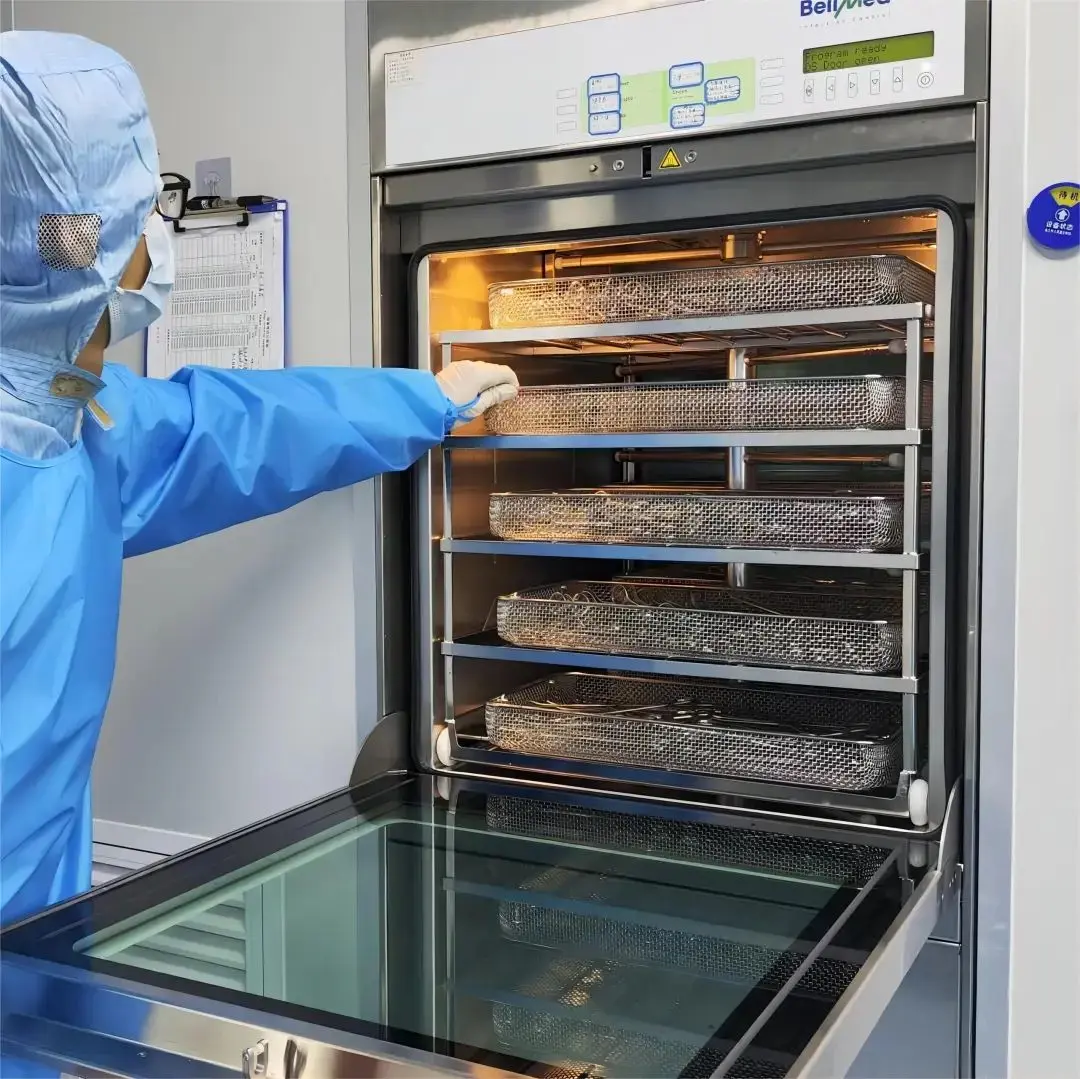 Disinfection Validation for Reusable Medical Devic
Disinfection Validation for Reusable Medical Devic
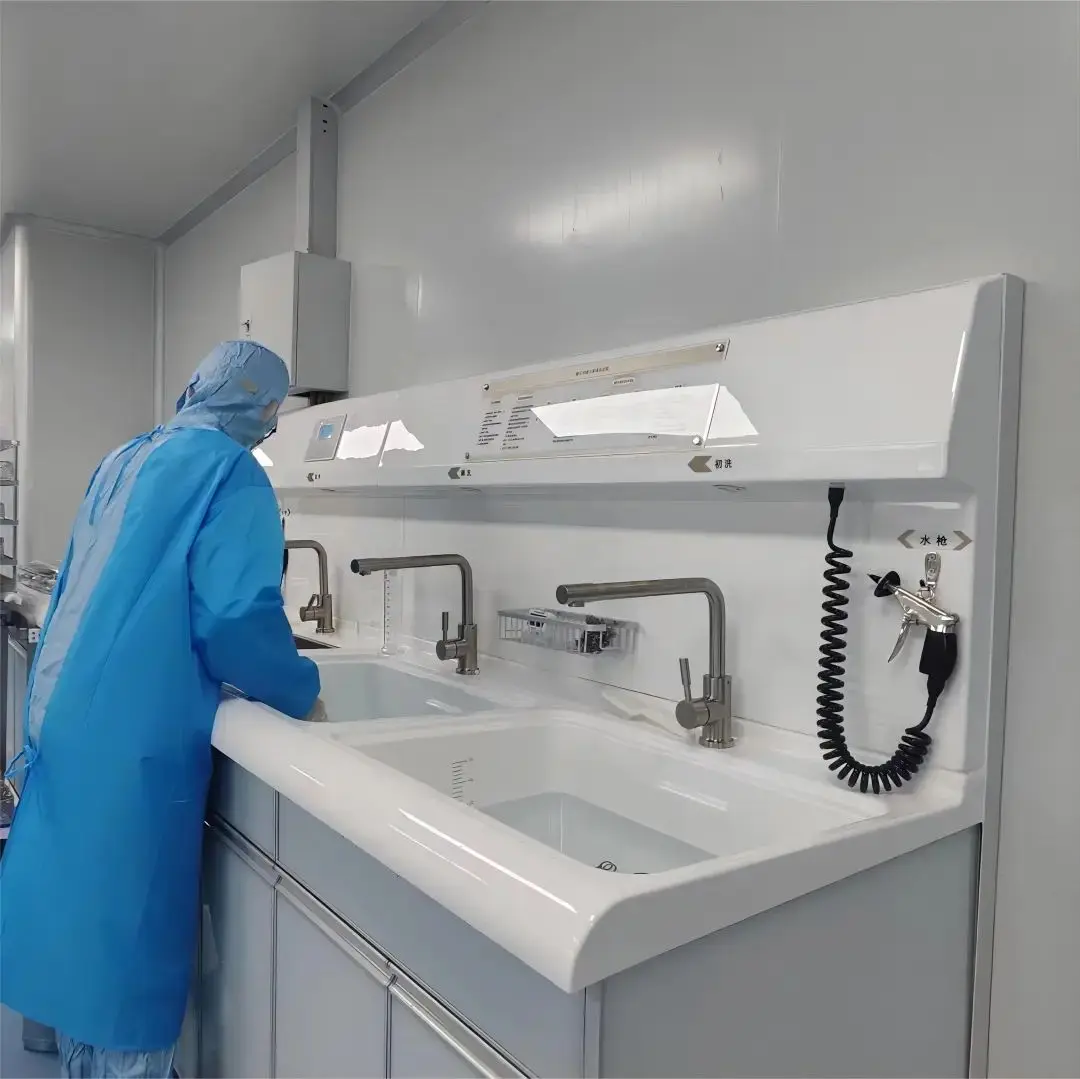 ASTM F3208-2020 Testing Laboratory
ASTM F3208-2020 Testing Laboratory
 Reprocessing of Reusable Medical Devices ISO15883
Reprocessing of Reusable Medical Devices ISO15883
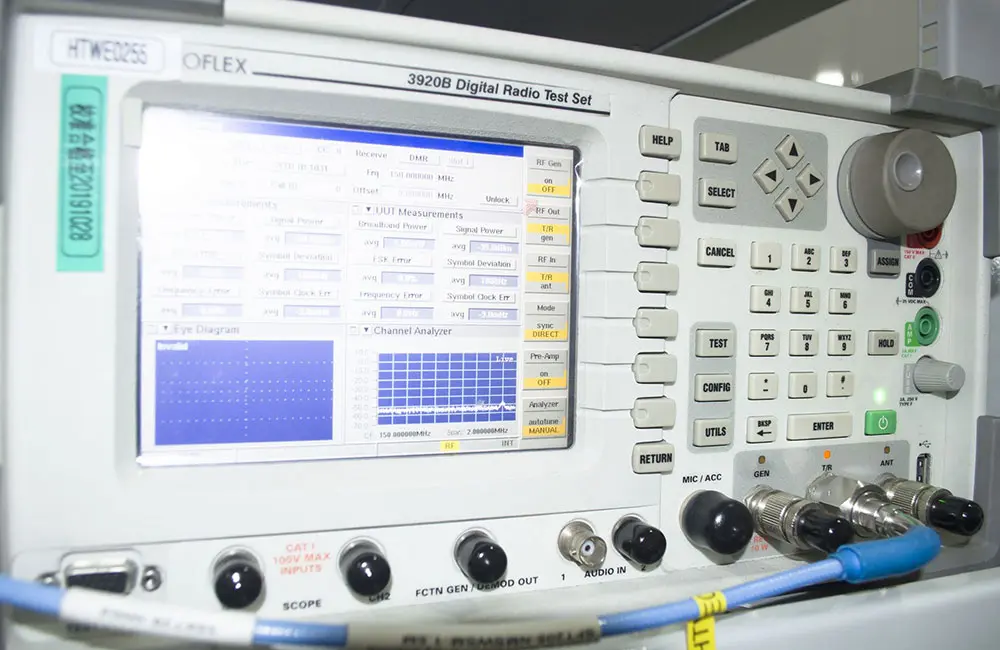 Wireless Product Certification Guide
Wireless Product Certification Guide
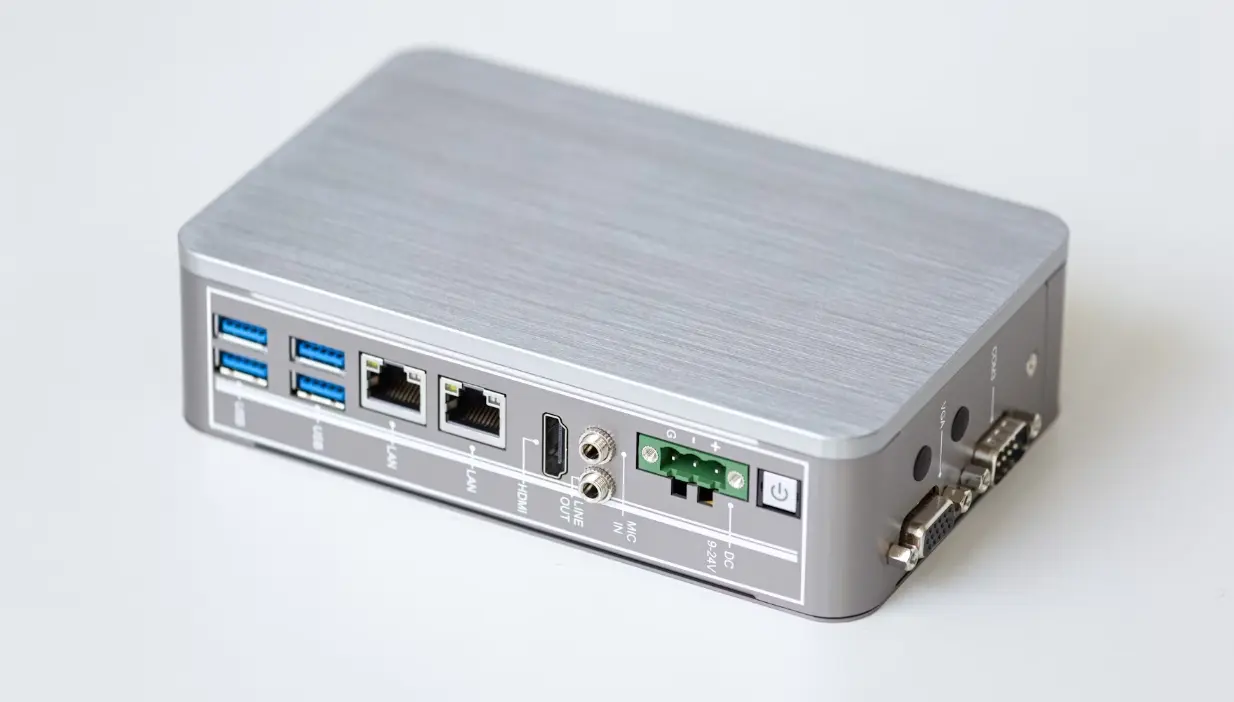 TISI Certification for Hair Dryers in Thailand
TISI Certification for Hair Dryers in Thailand
 Thailand TISI Compliance Certification Reminder
Thailand TISI Compliance Certification Reminder
 CPC Certification for Baby Crawling Mats on Amazon
CPC Certification for Baby Crawling Mats on Amazon
Leave us a message
24-hour online customer service at any time to respond, so that you worry!




